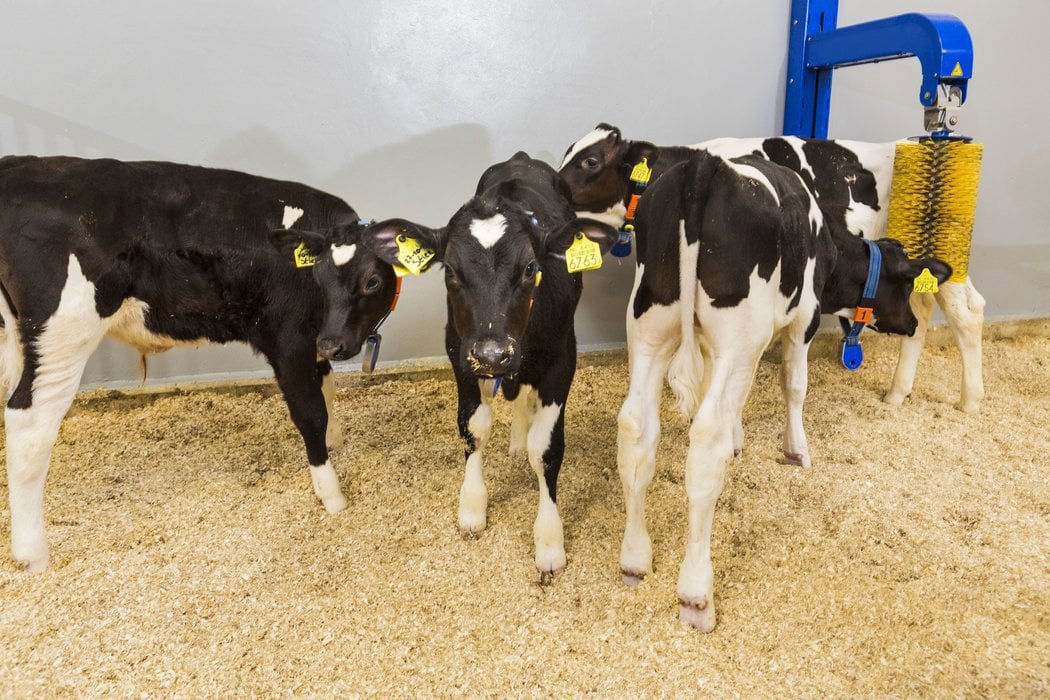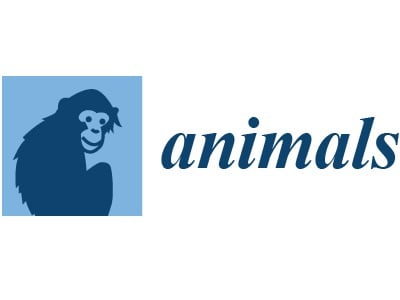
Historie zařízení
Výstavba zařízení byla zahájena v roce 2014 a v dubnu 2016 jej slavnostně otevřeli Knut Nesse, bývalý generální ředitel společnosti Nutreco, a Louise Fresco, předsedkyně Wageningenské univerzity. Akce se zúčastnili kolegové, partneři z odvětví a akademici z více než 40 zemí.


Nejmodernější vybavení
Zařízení nám umožňuje ustájit telata v individuálních jednotkách, které simulují farmu s 1 000 kusy, nebo ve skupinovém ustájení. V obou těchto prostorách můžeme plně kontrolovat prostředí a simulovat tak rozmanité podmínky na farmách po celém světě. Zařízení je vybaveno elektronickými krmnými stanicemi a stanicemi pro mléčné napájení, které nám umožňují průběžně sledovat parametry, jako je příjem krmiva, mléka a vody, a studovat vzorce příjmu. Zařízení rovněž umožňuje automatické vážení a sběr vzorků.
V jednotce skupinového chovu hovězího dobytka můžeme v kontrolovaném prostředí ustájit různá plemena. Všechny kotce jsou vybaveny elektronickými krmnými stanicemi pro krmivo, koncentráty a minerální látky, které umožňují měřit příjem a vzorce příjmu. Kromě toho jsou k dispozici metabolické jednotky pro intenzivní sledování zdravotního stavu zvířat.
Inovace ve výzkumném zařízení Trouw Nutrition Calf and Beef Research Facility




